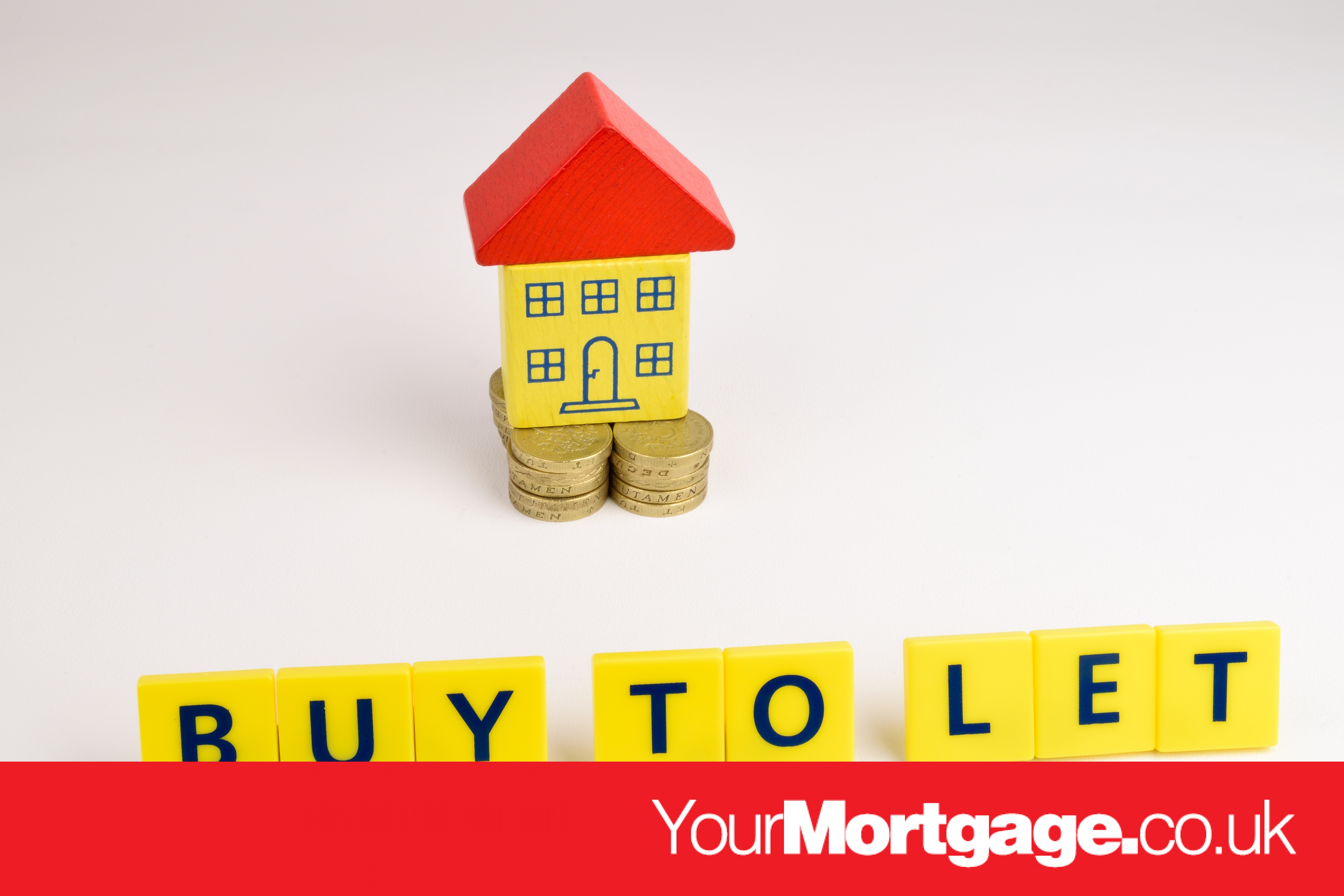Editor's Pick
2020 house price growth hits six-year high

The property market defied all expectations this year, proving resilient in the face of the global pandemic
Annual house price growth reached 7.3% at the end of 2020, according to Nationwide – a six-year high.
The building society said that prices rose by 0.8% in December, taking the average property price to £230,920.
In the last quarter of the year all regions saw house prices rise between 5% and 9%.
Regional split
The Outer South East region, which includes cities such as Brighton, Southampton and Oxford, saw the biggest change in fortunes over the year – prices were up 8%, following a 1% decline in 2019.
The neighbouring Outer Metropolitan region, which includes Slough, Guildford, Crawley and Chelmsford, was the weakest performing English region, but still saw prices rise by 5.6% over the year.
London saw a 6.2% increase, with average prices reaching their highest ever at £486,562.
Nationwide also noted strong annual price growth in Northern England in the fourth quarter, in particular in the North West and Yorkshire & Humberside, where annual price growth increased to 8.0% and 7.7%, respectively.
Wales saw prices rise by 6.6%, whilst Northern Ireland saw a 5.9% increase.
Scotland saw the weakest growth of the home nations, with prices only up 3.2% in 2020. This contrasts with 2019, where Scotland ended the year on top, with growth of 2.8%.
Buoyed by government measures
Robert Gardner, Nationwide’s chief economist, said: “The resilience seen in recent quarters seemed unlikely at the start of the pandemic. Indeed, housing market activity almost ground to a complete halt during the first lockdown as the wider economy shrank by an unprecedented 26%.
“But, since then, housing demand has been buoyed by a raft of policy measures and changing preferences in the wake of the pandemic.
“The furlough and Self Employment Income Support schemes provided vital support for the labour market, while a host of measures helped to keep down the cost of borrowing and keep the supply of credit flowing. The stamp duty holiday also stimulated housing demand, by bringing forward peoples’ home-moving plans.
“Housing market conditions have remained robust in recent months, even as the wider economic recovery lost momentum and the UK economy faced the prospect of further lockdowns and continued uncertainty about the UK’s future international trading relationships.”
George Franks, co-founder of London-based estate agents, Radstock Property, added: “Activity levels usually drop and prices tail off in December but the rush to beat the Stamp Duty deadline put paid to the traditional festive lull.
“The Stamp Duty time limit is creating a false horizon, which will see prices rise even higher in the first quarter of next year.
“Overall, the property market has shown itself to be remarkably resilient during 2020’s unprecedented trials and tribulations and it’s hard to imagine 2021 will be any more challenging.
“Though rising unemployment levels are an obvious threat to property values, demand should remain relatively strong as it still costs less to own than to rent and money is about as cheap as it gets.”